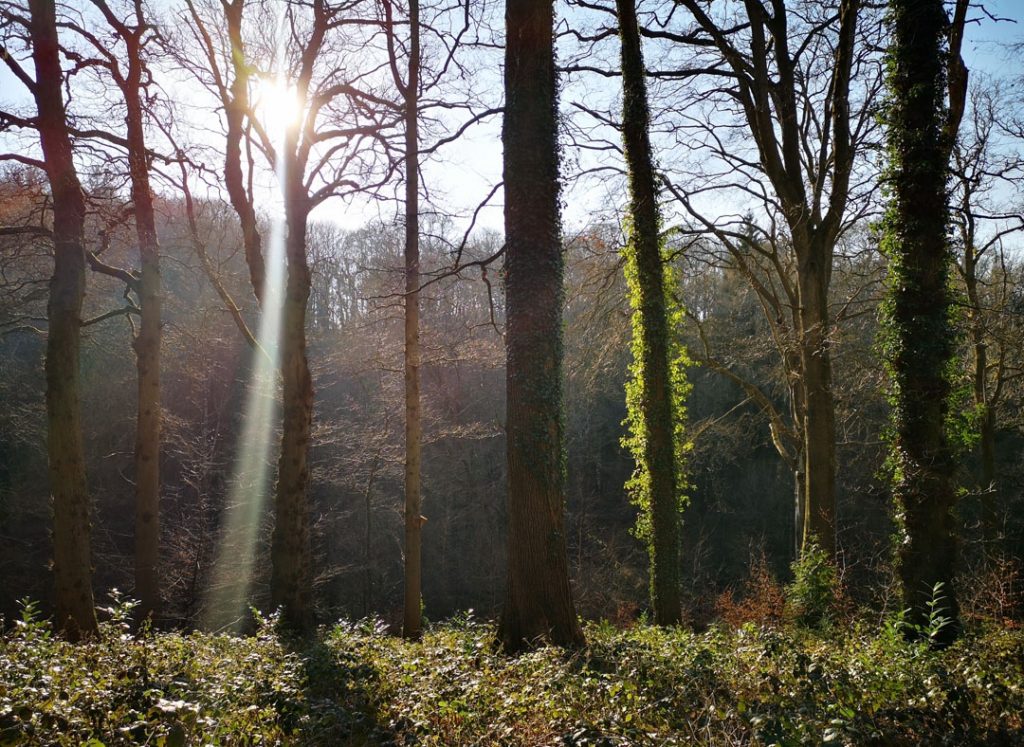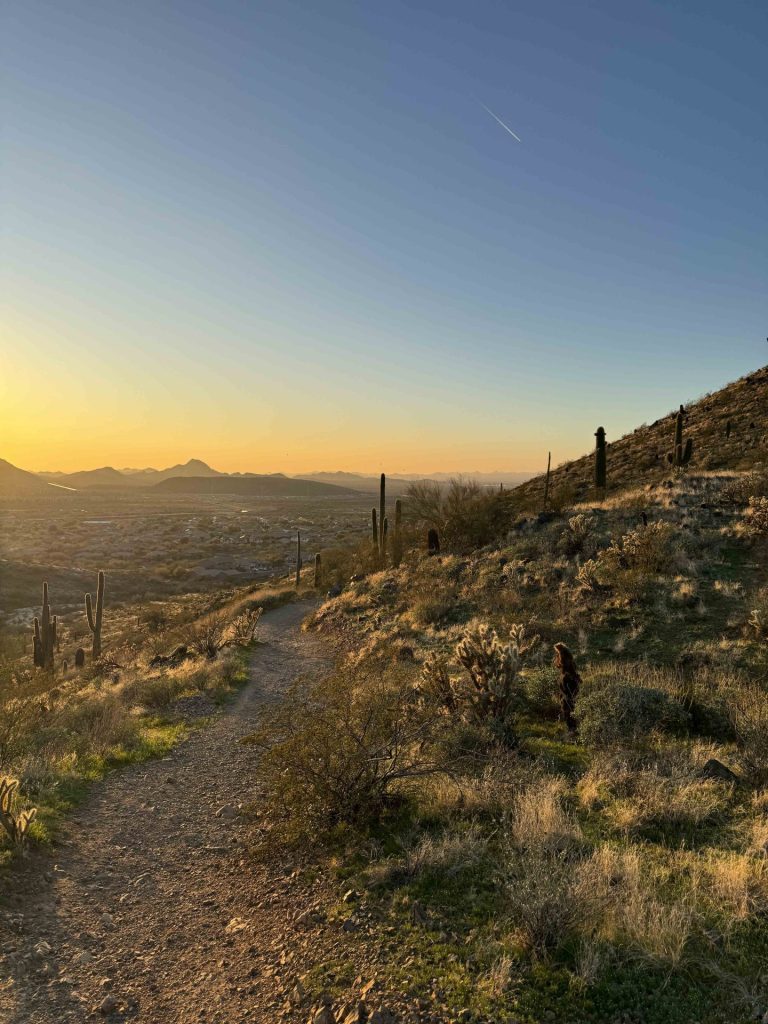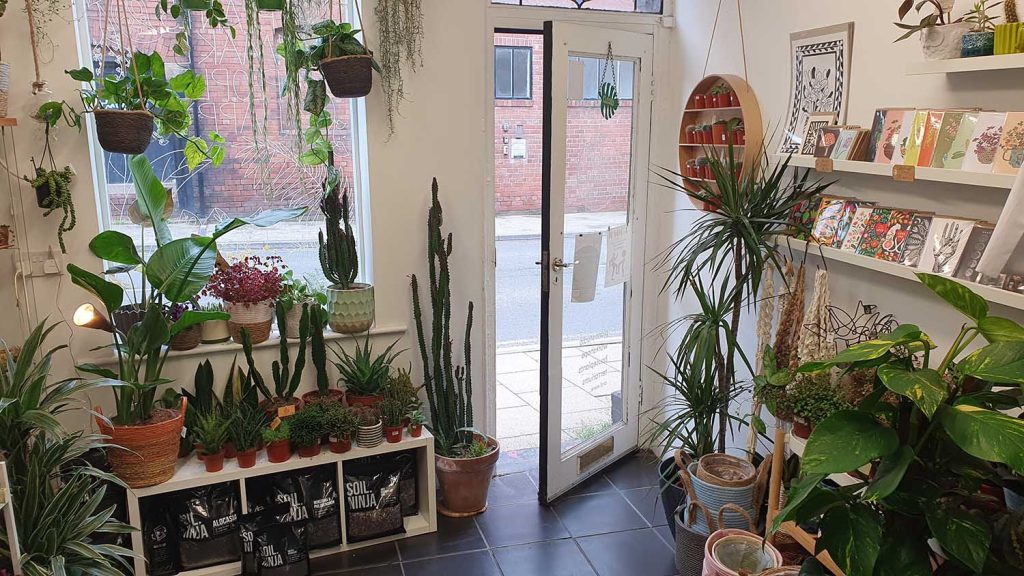
I shift and flex my fingers, wrapping the twine a little tighter around my hand. The net of peat blocks on my back is heavy with water, making my arms ache. My footsteps echo as I walk across the broad wooden bridge, a pathway winding through the marsh, around the nests of the long-legged marsh birds sunk in patches of dark shining water and tufts of long thick grass.
The elders scouted us a new site for excavation yesterday, testing and listening to the earth and watching the recovery of the areas we’ve used and then set fallow. We work with the elders to reclaim parts of the underwater bogland for the bricks of our solid, warm, land-based houses. It means the land is with us all day; we are in it, working with it and respecting it, and in return we have the sense that she is holding us.
The stories of what happened before sound like living nightmares, machines endlessly tearing deep into the earth, and the unhappiness of all the humans around it. They didn’t know the destruction of the land reached deep into their psyches, cracking the dark, unseen layers of protection, leading to cycle after cycle of further desecration.
After the Great Turn, the old ways that feel, protect and honour the marsh areas gradually came back. I’m walking through the results; the trees are dark and shady, rich with the sounds of skylarks, cuckoos and woodpeckers, the movement of butterflies and the flash of the tails of the wet-footed creatures making their own way across this land submerged in water.
I pull the twine up and onto my other shoulder, shifting the weight of the blocks as I round the final corner, coming to the fringes of the marsh. Here the waters start to recede, the land becomes firmer and soon my footsteps are sounding the bluntness of the stone pathway that leads to our electric tractor and her huge trailer. I reach it and stop, swinging the bricks up and onto the trailer bed, where they land with a wet thump alongside the other dark squares of earth reclaimed today. They have been protected underwater by tree guardians for centuries and now will sit topside, in use on a different part of the earth, moving from one part of the cycle to another.
I breathe heavily as the effort of carrying them falls from my body, rubbing my freed fingers across my face and turning back towards the sunlit marsh. In return for the day’s offerings I give a quick breathy prayer of thanks; sweat, muscle and peace working together to protect our world.




